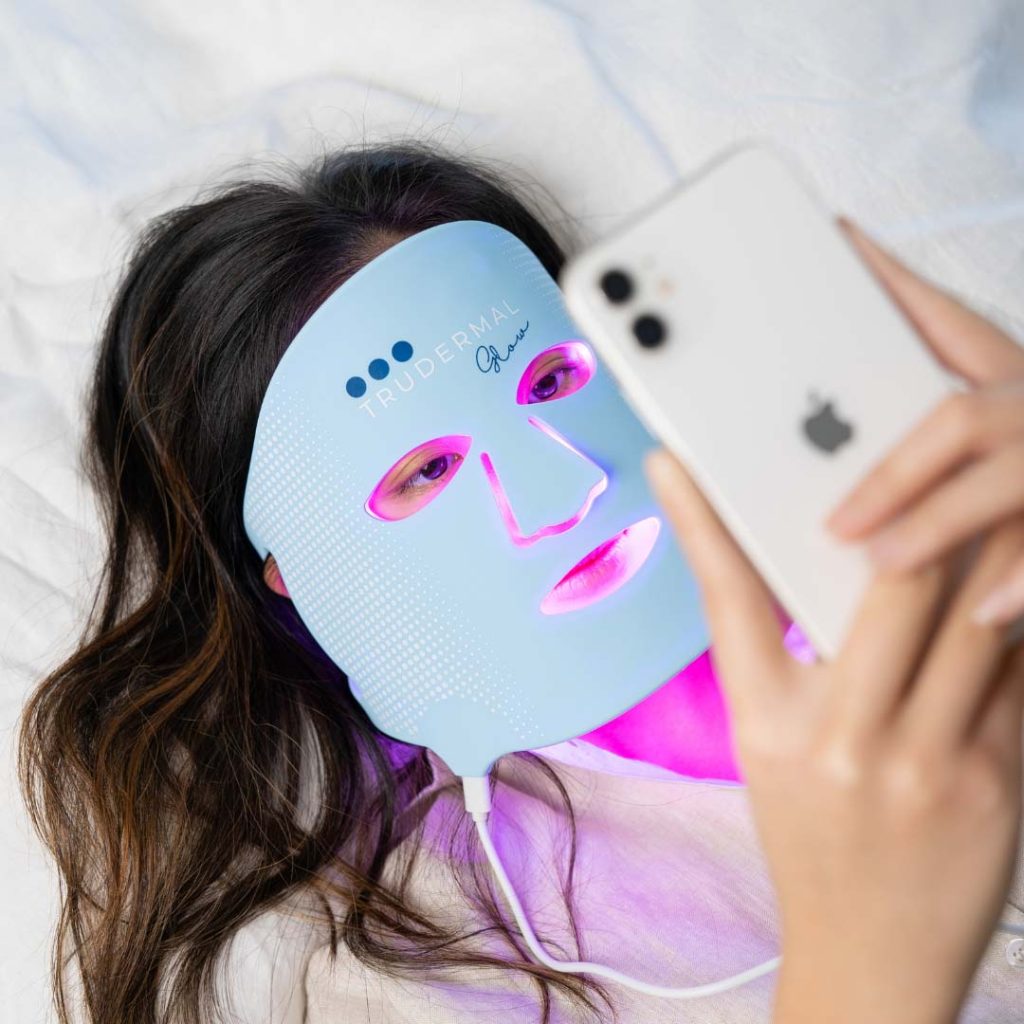
10 Best Products For Milia In Singapore For Every Budet
Editor’s Choice NEOSTRATA GLYCOLIC RENEWAL Smoothing Lotion CHECK LATEST PRICE 2nd Best Choice Peter Thomas
LED light therapy sounds like a magic skincare potion: simply flip a switch, and enjoy the glow of less acne, inflammation and youthful complexion. Scientifically referred to as “photorejuvenation”, the light therapy that uses LED lights may seem intimidating to some over concerns that they had the potential to cause severe eye damage.
In conjunction with the controversy, here’s everything you need to know about LED light therapy, the benefits it can deliver to the skin and the potential side effects it poses for your eyes.

Though it sounds like pure magic, it’s actually backed by science. In fact, photorejuvenation is a skin care treatment that uses infrared light in different wavelengths—mostly red and blue—to treat skin concerns.
This is different from UV light; the kind that causes suntans and skin cancer. The various wavelengths and colors during the light therapy send a message into the skin layers to trigger a specific reaction. When used alone or in synergy with other in-office treatments, light therapy can target pretty much everything from acne to aging to blemishes on the skin.
Red light is used to delay signs of aging such as sunspots or sagging. It works by stimulating collagen production, which is the key protein that maintains skin firmness hence, younger-looking skin. It’s almost similar to infrared light except its wavelengths penetrate much deeper into the skin.
As you age, your collagen naturally breaks down and diminishes; however, there are plenty of treatments like red light therapy that encourages your skin cells to produce more. A research done on low level laser therapy revealed that red light therapy could indeed speed wound healing. When it comes to the appearance of your complexion, it helps repair any damaged cells. Not to mention it’s also a great anti-inflammatory, meaning that it helps soothe redness in the skin.

Blue light therapy is mostly used to treat acne. It can also be used to improve skin texture and complexion as well as to reduce sebaceous hyperplasia, otherwise known as enlarged oil glands which lead to ongoing acne breakouts, whiteheads and blackheads. Plus, it works wonders in removing acne and acne scars.

Led face masks do work, and are all the rave today as they are non-invasive and painless. Unlike certain laser treatments, photorejuvention does not involve the use of thermal energy, thus no risk of unbearable heat on the skin. On top of that, it requires virtually no effort from you—even with an at-home led face mask, all you have to do is strap on the mask, sit back and relax until your session is complete. Check out the best FDA-cleared LED face masks you can customize your treatment with here.
In general, light therapy treatments fall into two categories: in-office and at-home. The former involves visiting a dermatologist clinic and lounge under what looks like a face-sized tanning bed (except without the dangerous UV rays) whereas the latter, you flipping a switch, sitting back as the mask does its job.
Having said that, experts always recommend partner treatments or products that can be used at home to maintain the efficacy of in-office treatments. And most importantly, consistency is key when working on cell regeneration, anti-aging hyperpigmentation, acne and other skin concerns. If the approach is one-off, it’s usually not as effective.
Eye damage is especially a concern for individuals with eye-related disorders such as ocular albinism or congenital retinal disorders. To answer the question “are LED face masks safe for eyes?”, simply yes. LED face masks deliver specific wavelengths of lights that are safe for the eye area, but the device you opt for must be cleared by FDA (Food and Drug Administration). The masks we recommend above have been through rigorous testing, emphasizing optical output with recommended treatment times, and curated for professional-calibre at-home use.
Ultimately, there would need to be a significant overload or cumulative exposure to bright and high-intensity light for damage to occur. However, LED therapy is completely safe, simple to use, and controlled to help you achieve skin goals, without any residual side effects on the eyes. Red and Near-infrared light are placed on the opposite spectrum of UV light, which means that neither our in-office treatments nor at-home face masks contain UV. That said, if you’re treating your skin with Blue LED light, it’s important that you protect your eyes during your session. You should opt for a blackout or opaque goggles otherwise you may experience headaches, eye strain, sleep disturbances, insomnia, and mild visual side effects.

The biggest difference between a professional treatment and an at-home LED face mask is that the latter is much weaker since they’re used without professional supervision. In offices machines or devices are designed specifically for medical purposes, and thus possess higher power levels and longer wavelengths that penetrate more effectively than most of their at-home counterparts.
While at-home masks are less intense and if you’re using blue light, it’s important that your eyes are still protected—and make sure that you follow all the manufacturer guidelines of your tool to ensure ultimate success and safety. Should the manufacturer advise using the treatment once a day for 20 minutes, going anywhere beyond that could be dangerous. We highly recommend that you check with your board-certified dermatologist before starting any new protocol, product, tool or technology to determine what’s right for you.

Be mindful of your words as they are impactful which also explains why I am so fond of writing.

Editor’s Choice NEOSTRATA GLYCOLIC RENEWAL Smoothing Lotion CHECK LATEST PRICE 2nd Best Choice Peter Thomas

Editor’s Choice Coppertone Sport Continuous Sunscreen Spray Broad Spectrum SPF 50 CHECK LATEST PRICE 2nd
Last Updated on February 1, 2023 by Celine